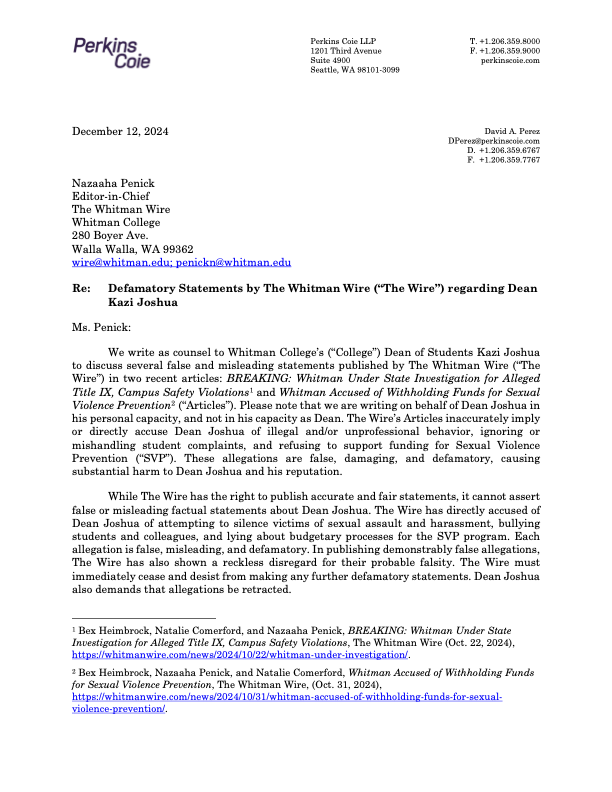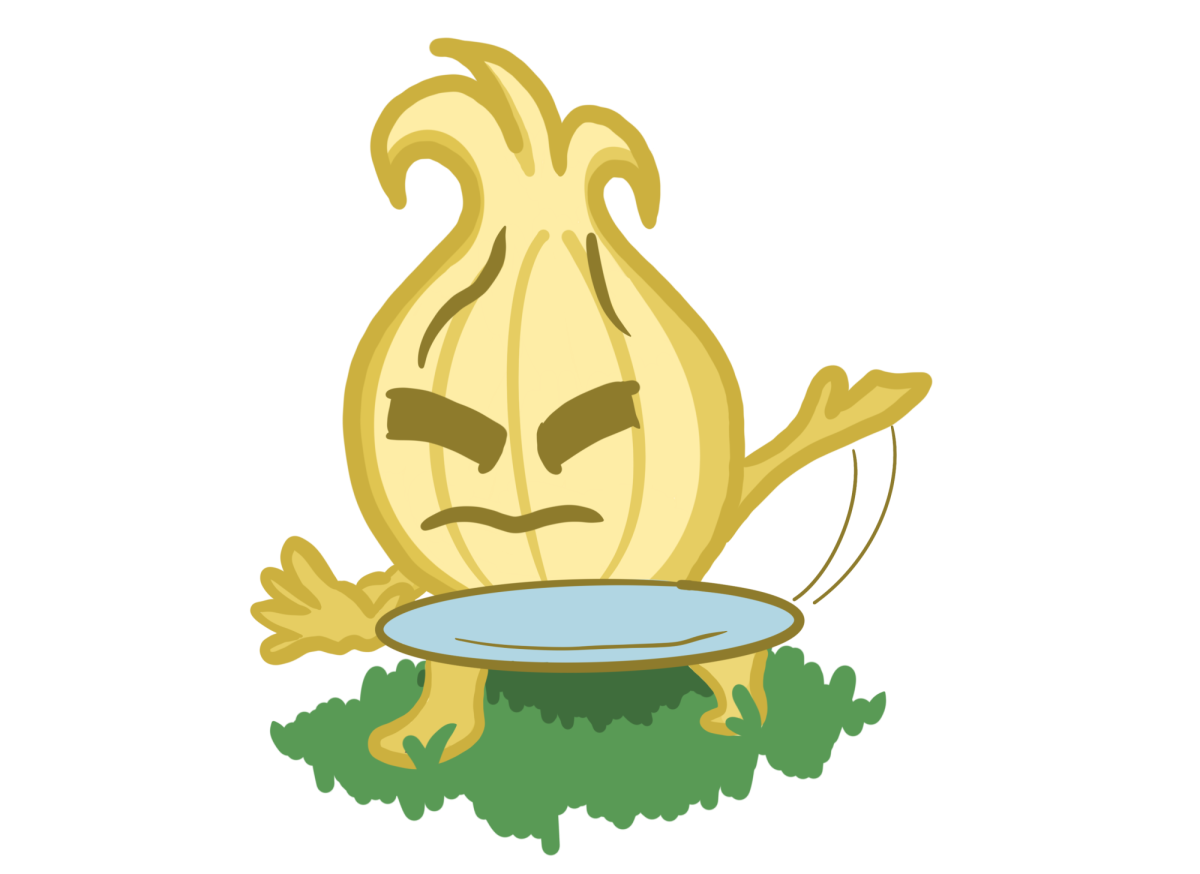For the past week, the north side lawn of Prentiss Hall has been marred by a four feet deep hole dug into the earth, cordoned off by white posts and caution tape. The hole was dug by groundskeepers to repair a water leak on one of the irrigation pipes running beneath school grounds. The leak has since been patched up, and the grounds crew anticipates that the hole will be completely repacked and solidified with dirt sometime within the week.
 Usually such leaks are discovered by a staff member of the Physical Plant Department, who would notice a tell-tale muddy patch on an otherwise dry landscape while working on one of their routes. Rick Glenn, the head of irrigation, would be notified of the problem and the faulty pipe would be dug up, repaired and buried again. The entire process usually takes a couple of days at most. The reason this particular pipe took so long to fix was because Glenn fell ill shortly after he undertook the task and had to attend to other duties at the Physical Plant after he recovered, such as grounds training, so the job had to be put on hold.
Usually such leaks are discovered by a staff member of the Physical Plant Department, who would notice a tell-tale muddy patch on an otherwise dry landscape while working on one of their routes. Rick Glenn, the head of irrigation, would be notified of the problem and the faulty pipe would be dug up, repaired and buried again. The entire process usually takes a couple of days at most. The reason this particular pipe took so long to fix was because Glenn fell ill shortly after he undertook the task and had to attend to other duties at the Physical Plant after he recovered, such as grounds training, so the job had to be put on hold.
Such occurrences are fairly routine on the Whitman campus, which boasts an extensive, one-time award-winning irrigation system consisting of more than 50 miles of pipe and over 3,000 sprinkler heads. The system draws its water from a well located 1,300 feet beneath ground, drilled directly into the Walla Walla Valley Aquifer. The water is carried to the surface by a high powered pump capable of supplying 750 gallons of groundwater per minute and stored in a settling tank in the science building. In addition to supplying groundwater for irrigation, the tank pumps the water through a circuit running from the science building to the library, to the fountain outside Sherwood gym and finally to the memorial building, providing heating and cooling on an as-needed basis. Unused water is discharged into College Creek, which in turn empties out into Mill Creek running through town.
Whitman’s groundwater-based system, known as the GeoExchange system, saves the college an estimated $40,000 a year on irrigation as well as several thousand dollars per year of energy savings. It is maintained by the diligent efforts of the Physical Plant Department, whose mission is to keep Whitman’s many grounds and facilities running as smoothly and efficiently as possible on a day-to-day basis.




